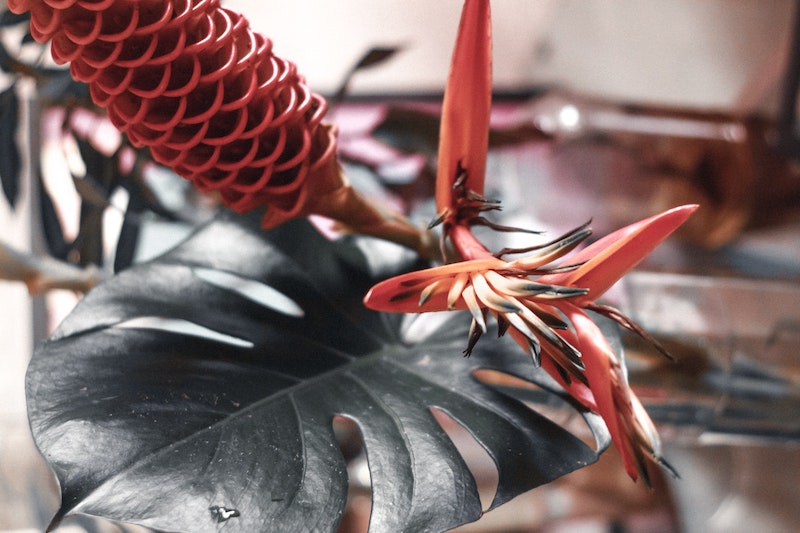Monstera Is Dying
Monstera thrives in indirect light with moderate water and humidity. Native to the tropical forest floors of Central America, these plants can grow huge foliage with the right conditions. Happy and thriving plants have full fenestrated foliage that is a deep glossy green. The plant’s aerial roots climb up tree trunks to help the plant grow big and upright in the wild and can be trained over time to climb walls or trellis poles as a houseplant.
A Monstera that is not given optimal growing conditions will begin to show signs of distress. A change in the appearance of a Monstera’s foliage is the first sign of a health problem. Drooping, wilted, or limp foliage points towards watering issues. Yellowing, browning, or falling foliage can be signs of disease. Strange residues, marks, or holes can be signs of a pest infestation. These signs and signals should prompt you to take action and change the growing conditions to provide a more optimal environment for your Monstera to grow and thrive in.

Monstera Leaves Turning Yellow
There are a few reasons why your Monstera leaves may be turning yellow. The most common reason for limp, yellowing leaves is overwatering. Remove any yellowing leaves and allow the soil to dry out before watering again to make sure you are not over-watering. Just to be confusing, yellowing leaves can also indicate underwatering. If the yellowing is accompanied by a dry or brittle leaf texture and very dry soil, chances are you need to increase the humidity or the amount of water you are supplying your Monstera. More severe cases of yellowing leaves may be caused by pests or a fungal disease. Yellowing leaves can also indicate that your Monstera might need additional nutrition and could benefit from fertilizer.
Monstera Pests
Monstera plants are fairly resistant to pests but they can be harmed by common houseplant pests. Monsteras can be vulnerable to thrips, spider mites, scale, and fungus gnats. These are common houseplant pests that can be controlled if action is taken to rid your plants of the pest and to stop any further infestation. Regular scouting is a good maintenance practice that can help to catch any signs of pests before you have an infestation. Closely examine and clean both sides of the plant’s leaves as well as stems for any signs of insects. Yellowing leaves, sticky residues on foliage, webbing, powdery substances, and holes in leaves are all signs of pest damage.
Monstera Diseases
Monstera can be vulnerable to common houseplant diseases. The most common diseases that might affect your Monstera are leaf spot and root rot. Leaf spot is caused by a fungus and appears as a yellowish-brown spot that grows progressively larger until the entire leaf turns brown and falls off. Root rot occurs from over-watering, which makes the roots rot within the pot and causes wilted, yellowing leaves, or foliage that falls off. Other common diseases that might impact your Monstera include botrytis, rust, and powdery mildew.

Monstera Not Blooming
Unless you have year-round greenhouse-like conditions, it is very rare for an indoor Monstera to bloom and produce exotic breadfruit. It is perfectly normal to have a Monstera plant that does not bloom even after years and years. You must recreate their native habitat conditions to get your Monstera to bloom, which is not possible in most homes.
 |
Author Katie Endicott - Published 4-8-2023 |
